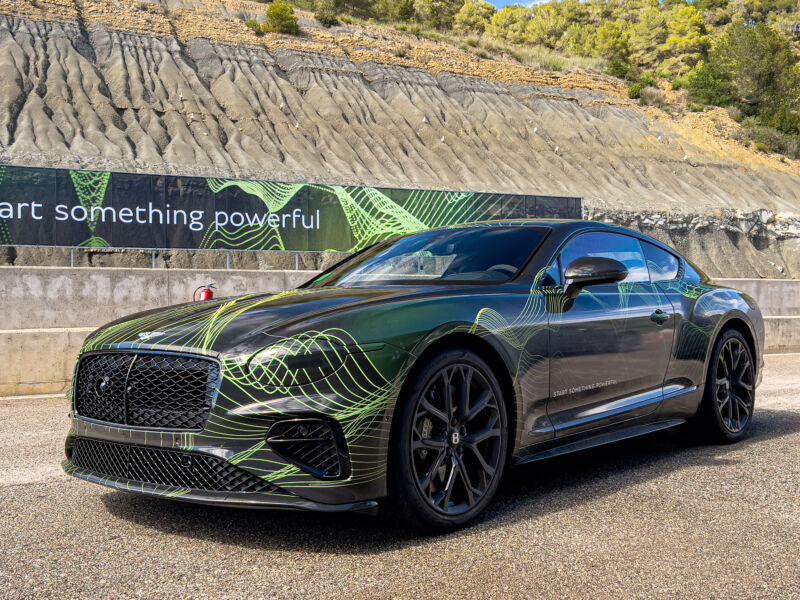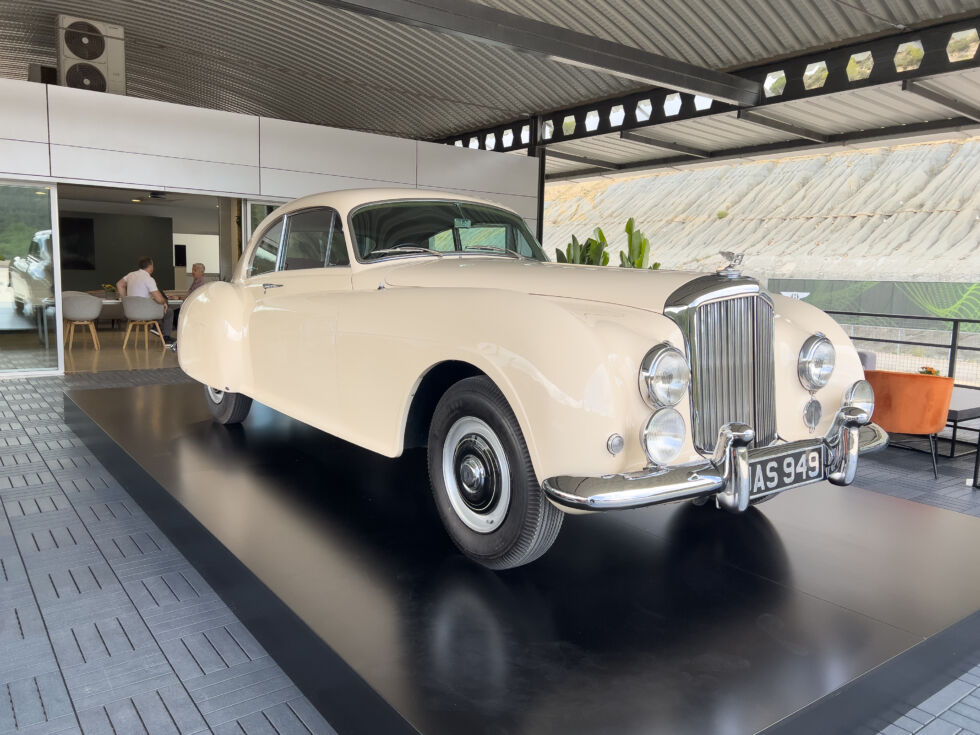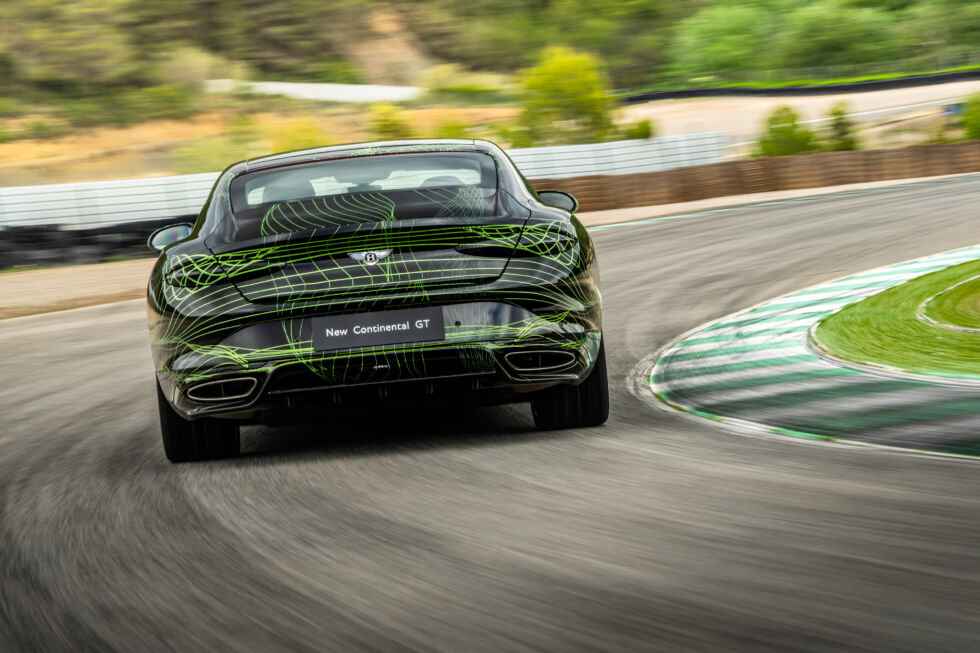
Jonathan Gitlin
BARCELONA—The days of big engines are numbered, even for big spenders. Owning a GT that lets you drive across Europe in a day in cosseted luxury means very little if you’re not allowed to drive it into the city you’re meant to be visiting, after all. Low emissions zones are either a fact of life or on the way in many of the more desirable urban postcodes, and even here in the US, we’re about to start getting quite tough on fuel efficiency. Which is why Bentley is saying goodbye to its W12-powered Continental GT Speed and replacing it with a new plug-in hybrid instead.
The W12 engine has become something of a trademark for Bentley in the 21st century. For many years, Bentleys were essentially just badge-engineered Rolls-Royces, while both companies were owned by the aircraft maker Vickers. But VW group took control of Bentley in 1998—BMW got Rolls-Royce—and it was time for something fresh.
Originally developed within parent company Volkswagen Group for use in the all-aluminum Audi A8, the W12 design essentially mated a pair of narrow-angle V6 engines as used in the Golf VR6 to create a compact and powerful multi-cylinder engine for those customers looking for a powertrain a bit less common than a V8.

Jonathan Gitlin
The first W12-powered Bentley was the Continental GT, a car that took inspiration from Bentley’s archives to create a thoroughly modern two-door coupe capable of carrying four adults at up to 200 mph (321 km/h). That car debuted in 2003, and since then, the Continental GT has proven to be a hit—the company has sold almost 100,000 so far.
Bentley aspires to become the world’s most sustainable luxury automaker, investing in a new paint shop and other improvements at its factory in Crewe, England, to help make that happen. Switching the Continental GT Speed over to a plug-in powertrain is another step, and the company is proud of achieving a WLTP rating of 36 g/CO2 per mile for the new car.
While the plug-in hybrid powertrain is new to Bentley, we have already encountered this mix of turbocharged 4.0 L V8 and electric motor in the new Porsche Panamera. (Yes, in the 21st century, Bentley still has to share toys with its stablemates.) Combined output is a gigantic 771 hp (575 kW) and 737 lb-ft (1,000 Nm), capable of hurling this Bentley from a standstill to 62 mph (100 km/h) in just 3.2 seconds. Power and torque go to all four wheels via an eight-speed dual-clutch transmission.
On its own, the V8—which uses single-scroll turbochargers for each bank of its V—generates 584 hp (435 kW) and 590 lb-ft (800 Nm). The electric motor, which is mounted between the engine and the dual-clutch transmission, contributes 188 hp (140 kW) and up to 332 lb-ft (450 Nm). The lithium-ion traction battery in the GT Speed has the same 25.9 kWh capacity as the Panamera’s pack, and here it lives above the rear axle for better weight distribution.

Bentley
Bentley isn’t ready to show off the fourth-generation Continental GT until late June, so I’m not allowed to tell you anything about the way it looks when not covered in camo wrap until then. The fact that the cars were still prototypes explains why we weren’t allowed to drive them on the road either—just on the circuit at Castelloli, a rather interesting track with 12 corners, plenty of elevation change, and even a crossover.
